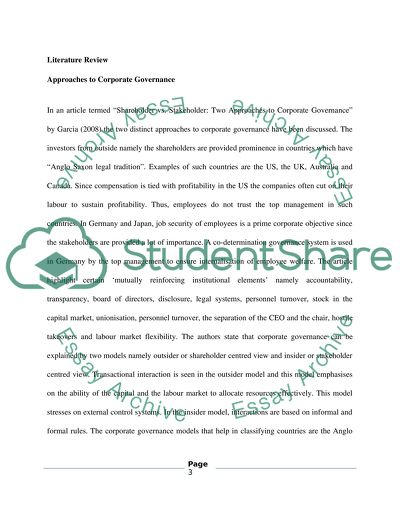Cite this document
(“Corporate Governance in Gulf Countries:Three emprical analysis (PhD) Literature review”, n.d.)
Retrieved from https://studentshare.org/gender-sexual-studies/1407525-corporate-governance-in-gulf-countries-three
Retrieved from https://studentshare.org/gender-sexual-studies/1407525-corporate-governance-in-gulf-countries-three
(Corporate Governance in Gulf Countries:Three Emprical Analysis (PhD) Literature Review)
https://studentshare.org/gender-sexual-studies/1407525-corporate-governance-in-gulf-countries-three.
https://studentshare.org/gender-sexual-studies/1407525-corporate-governance-in-gulf-countries-three.
“Corporate Governance in Gulf Countries:Three Emprical Analysis (PhD) Literature Review”, n.d. https://studentshare.org/gender-sexual-studies/1407525-corporate-governance-in-gulf-countries-three.


